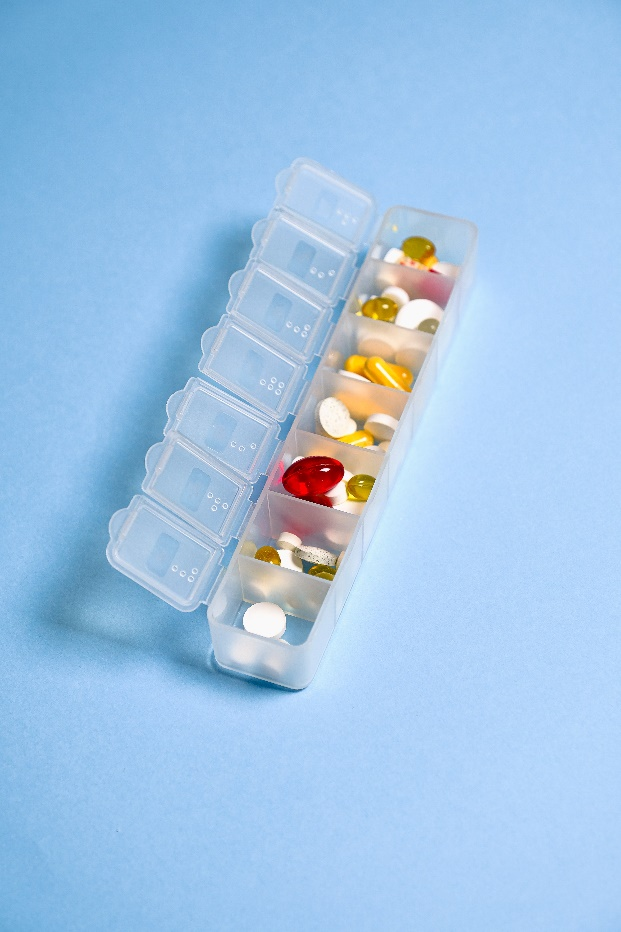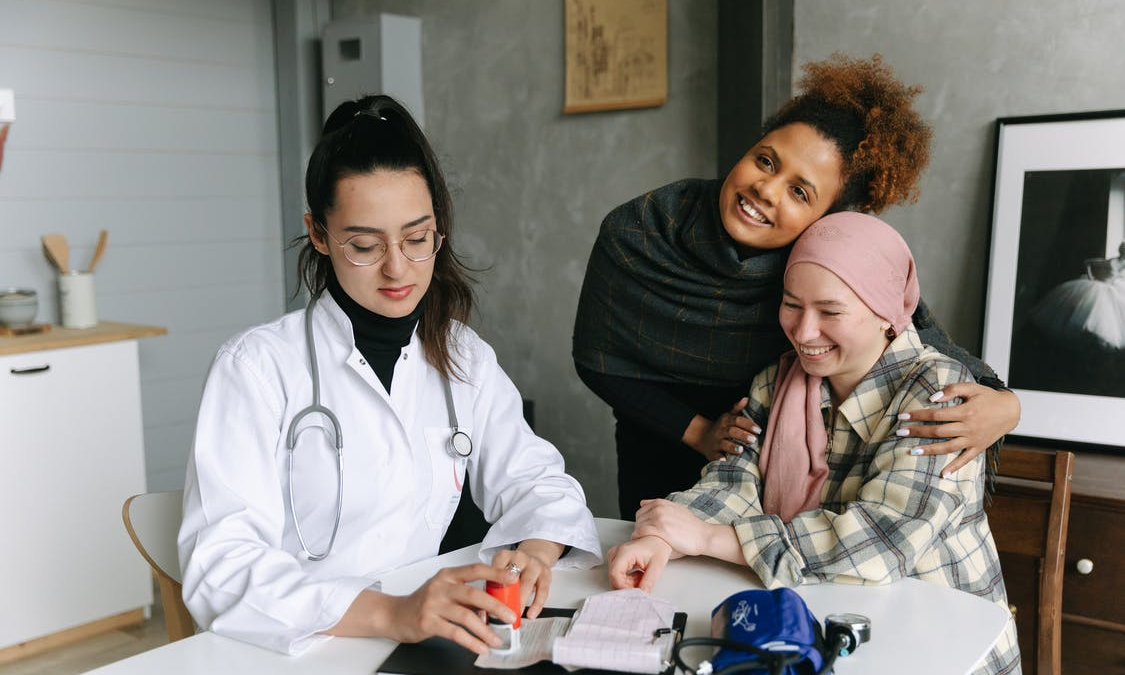Finding out that you need chemotherapy can be an overwhelming and daunting experience. Many people imagine staying at the hospital for days. However, chemotherapy is often different for many people, and the side effects also vary for each patient.
Chemotherapy is a difficult process for patients and their families. Therefore, it’s essential to learn more about the type of cancer, treatments, prescription medicines, and possible prescription assistance programs to help you feel more prepared.
Here are some vital things to know about chemotherapy. Keep reading to find out more.
What Is Chemotherapy?
It’s essential we understand chemotherapy and the procedure before anything else.
Our bodies usually replace cells via division. However, when cancer affects the body, these cells grow rapidly and keep growing. As a result, abnormal cells spread rapidly and take the place of healthy cells.
Chemotherapy is an invasive treatment that uses chemical drugs to eliminate quickly growing abnormal cells in the body. It helps destroy rapidly dividing cancer cells and prevents them from competing for nutrients and oxygen.
Here are some helpful things to know.
1. Your Oncologist Will Prescribe Treatment According to Your Needs
Your oncologist closely works with you to come up with a treatment plan according to your needs. They often suggest chemotherapy with other treatments, like radiation therapy, surgery, hormone therapy, etc.
This usually depends on:
- The type of cancer
- The stage of cancer
- Treatments you’ve had prior
- Where the cells are
- What you prefer
2. There Are Different Types of Chemotherapy
There are different types of chemotherapy that your doctor can administer. These usually include:
- Alkylating agents (chlorambucil, cyclophosphamide, etc.)
These directly impact the DNA and kill the cancer cells at different stages of the cycle. These agents prevent the cells from dividing. The doctor usually suggests this method for slow-growing cancers.
- Antimetabolites (purine antagonists, pyrimidine antagonists, etc.)
They replace natural substances and copy proteins our cells need. This changes the enzymes needed for cell metabolism and protein synthesis. When cancer cells absorb these chemicals, they end up starving and dying.
- Anti-tumor Antibiotics (mitoxantrone, bleomycin, etc.)
This type of chemotherapy binds the DNA, preventing RNA synthesis that’s needed to produce proteins. It helps prevent the cells from dividing and growing into tumors.
- Plant-Alkaloids (doxorubicin, mitomycin, etc.)
They’re anti-tumor substances extracted from plants. This type of chemotherapy prevents cancer cells from dividing.
3. Chemotherapy Is Administered in Different Ways
Similar to the different types of therapies out there, there are different administration processes as well.
- Intravenous (IV) Chemotherapy
Oncologists administer this method of chemotherapy by injecting it intravenously. The treatment usually lasts anywhere between some minutes to hours. There’s also a method that requires the patient to take IV drugs for days or weeks. It’s called continuous infusion, and patients usually carry a small pump around to take the IV drugs with them.
- IA Chemotherapy
Oncologists administer chemotherapy by injecting it into an artery that goes directly to the site of the growing cancer cells.
- Injected Chemotherapy
It enables oncologists to administer chemotherapy via a shot injected into a muscle or under the skin.
- Oral Chemotherapy
This method allows the patients to take chemotherapy through oral intake. Therefore, patients can take this through pills, capsules, or liquids.
- Topical Chemotherapy
This method enables you to take chemotherapy as a topical cream.

4. You Can Get Chemotherapy at Home
One of the biggest misconceptions about chemotherapy is that it’s only administered at the hospital. However, that’s far from the truth. You can also get your treatment at home, at the doctor’s office, at a clinic, etc.
5. Side-Effects Vary Among Patients
Chemotherapy impacts people differently. So, you might get a few side effects or none at all. It’s essential you talk to your doctor about what to expect. In some cases, the side effects of chemotherapy can show up months or even years later. These are usually long-lasting side effects and include:
- Lung diseases
- Heart problems
- Kidney issues
- Infertility
- Peripheral neuropathy (nerve damage)
- Increased risk of developing another cancer

If you need prescription drug assistance for chemotherapy and other life-saving medicines, try Advocate My Meds.
Advocate My Meds is one of the leading full-service prescription assistance organizations. They offer full-service prescription assistance programs to uninsured and underinsured patients to help them access 1500 FDA-approved brand-name and generic drugs. This is a game-changer for lower-income Americans and allows them access to medicines they need.
Visit their website to find out if you’re eligible for their prescription assistance programs, or contact them to find out more.
About the Author
The author is a practicing nurse who has worked with cancer patients closely for over thirty years. They also spend their free time volunteering at support groups for young cancer survivors. Additionally, they’ve written numerous articles on chemotherapy and how it affects patients’ mental health.


